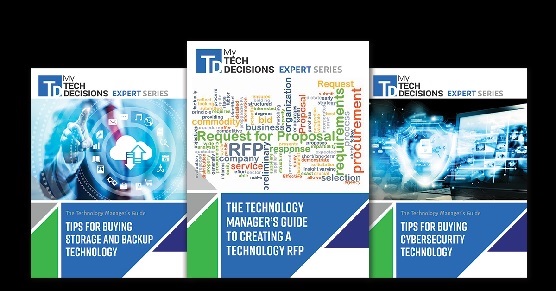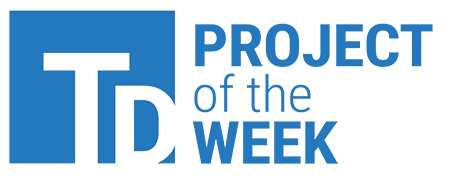Puentedura says some solvable problems higher education may face include low digital fluency in faculty, and relative lack of rewards for teaching.
Difficult problems are problems that higher education institutions don’t know how to solve, even if they have the resources to do so.
Puentedura says higher education will face difficult problems with competition from new education models and scaling teaching innovations.
“There’s been an explosion of informal learning and students are taking more initiative,” he says. “They can learn any time, any place, and don’t have to be tethered to a classroom.”
Wicked problems are problems that colleges and universities have no ideas how to solve, and typically don’t have the resources to solve.
“Sometimes these are the most interesting problems because you have to figure out how to define them,” Puentedura says.
He also says higher education’s wicked problems include expanding access and keeping education relevant.
“Focusing on trends is crucial,” he says. “Focusing on challenges is also crucial for how to use technologies.”
Once the key trends and challenges are recognized on the horizon report, Lomas says that colleges and universities can move on to important education technology developments.
Lomas says the most important upcoming technology trends include:
-Flipped classrooms
-Learning analytics
-3-D printing
-Virtual assistants
-Games & gamification
-The quantified self
“The thing that is interesting [with these technologies] is asking, where is the learning happening?” says Lomas, Assistant Dean of Learning Technologies at The University of British Columbia. “It’s a matter of picking up on how an environment works.”
Lomas says that once colleges and universities digest most of these notions, the horizon report suggests that they ask themselves six key questions:
-How can you prepare for these six technologies?
-How can your institution ensure that the correct staff is on board?
-Which technologies can your institution safely ignore?
-What will our students do with these technologies?
“Ask these key questions as you view technology each year,” Lomas says. “How do you prepare for these things? Are they applicable to your institution?”
He says the answers to these questions and the successes of the horizon report lie in colleges’ main customers: students.
“See what students are going to do with these things,” he says.
…
Video: A brief look at a break-out session during The Horizon Report seminar at EDUCAUSE.
https://youtu.be/7gGSH3Wm8DQ
If you enjoyed this article and want to receive more valuable industry content like this, click here to sign up for our digital newsletters!































Leave a Reply